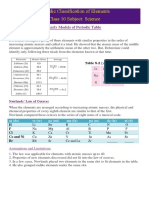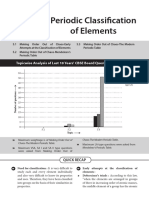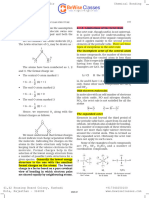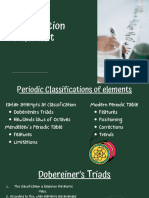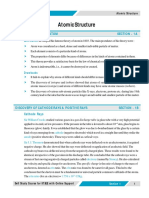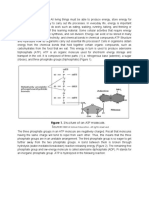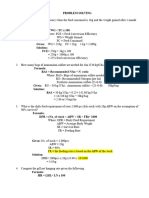100% found this document useful (3 votes)
1K views11 pagesClassification of Elements Class 11th Notes
The document discusses the classification of elements and periodicity of their properties, highlighting key contributions from scientists like Dobereiner, Newlands, Mendeleev, and Moseley. It explains concepts such as Dobereiner's Triads, Newlands' Law of Octaves, Mendeleev's Periodic Law, and the Modern Periodic Law based on atomic numbers. Additionally, it covers periodic properties and trends, including atomic radius, ionization enthalpy, electron gain enthalpy, and electronegativity, along with their implications in understanding chemical behavior.
Uploaded by
ashifansari999955Copyright
© © All Rights Reserved
We take content rights seriously. If you suspect this is your content, claim it here.
Available Formats
Download as PDF, TXT or read online on Scribd
100% found this document useful (3 votes)
1K views11 pagesClassification of Elements Class 11th Notes
The document discusses the classification of elements and periodicity of their properties, highlighting key contributions from scientists like Dobereiner, Newlands, Mendeleev, and Moseley. It explains concepts such as Dobereiner's Triads, Newlands' Law of Octaves, Mendeleev's Periodic Law, and the Modern Periodic Law based on atomic numbers. Additionally, it covers periodic properties and trends, including atomic radius, ionization enthalpy, electron gain enthalpy, and electronegativity, along with their implications in understanding chemical behavior.
Uploaded by
ashifansari999955Copyright
© © All Rights Reserved
We take content rights seriously. If you suspect this is your content, claim it here.
Available Formats
Download as PDF, TXT or read online on Scribd
/ 11


